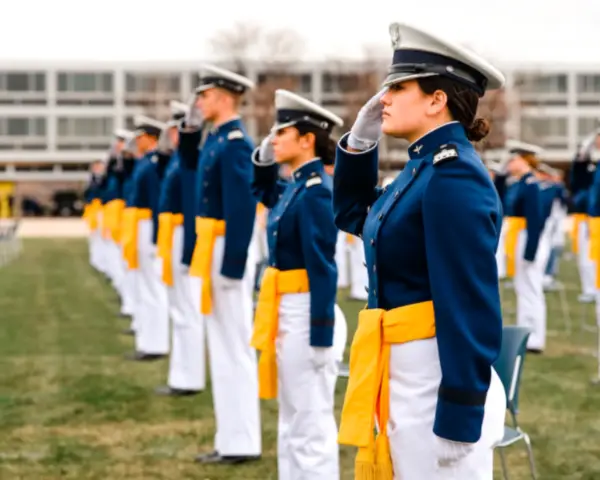Sexual assault in the U.S. military has reached disturbing new highs, prompting U.S. Senator Kristen Gillibrand to declare the problem an “epidemic” during a series of congressional hearings last month. These hearings, which featured moving testimony from military sexual assault survivors, illustrated the need for programs to address this ongoing issue and how incidents of sexual assault are prosecuted and addressed within the military. At the same time, the Pentagon has formed an independent review commission to investigate sexual assault and harassment within the military and provide big-picture recommendations to leaders in the joint forces. While commendable, this effort must also be coupled with programs aimed to improve sexual assault prevention at multiple levels, including the experiences of individuals within the military academies.
In 2019, there were 7,825 sexual assaults reported in the U.S. military, with armed forces members reported either as survivors or as perpetrators, representing an increase of 3% from the previous year. However, the number of sexual assaults may be much higher, with estimates of 20,500 annually, based on a 2018 Sexual Assault Prevention and Response Office (SAPRO) anonymous survey of sexual assaults within the military.
According to a SAPRO report, about half of female cadets at the U.S. Air Force Academy had experienced unwanted sexual contact or harassment in 2017-2018, with concerning reports of decreased accountability measures and unwillingness to come forward common throughout the academy culture.
Researchers at RTI International have partnered on a program aimed at reducing sexual assault among cadets during their time at the U.S. Air Force Academy. The program will adapt, evaluate, and implement a sexual assault prevention training among cadets that was previously tested at Air Force Basic Military Training.
The main objectives of the program are to adapt the Sexual Communication and Consent (SCC) program for cadets through stakeholder involvement. The SCC program is a tablet-based initiative that provides multimedia and interactive training modules based on the cadet’s previous knowledge that broadly address sexual assault and harassment prevention. The program will adapt this curriculum based on pilot testing, input from cadets, instructors, and others involved with the U.S. Air Force Academy. It will also test the feasibility and acceptability of the training and be used to evaluate the program’s impact and effectiveness in improving knowledge, attitudes, beliefs, and sexual assault prevalence outcomes among first-year academy cadets.
The goal of this program is to address the culture of sexual harassment and infrequent reporting that is common to not just the U.S. Air Force Academy, but all three of the military academies. To address sexual assault and harassment, there must be an overall culture shift that works to prevent sexual assault and that encourages accountability.

Learn More
RTI is collaborating with the University of Florida to enhance prevention strategies for reducing instances of sexual assault among Cadets during their time at the U.S. Air Force Academy (USAFA) and during their service in the Air Force.

